Caring for plants doesn’t have to drain your resources, financially or environmentally.
With the growing importance of water conservation and sustainable gardening, finding innovative yet affordable methods to hydrate your garden is essential.
Let’s explore practical, cost-effective watering techniques that are not only kind to your wallet but also eco-friendly. By adopting sustainable practices, you can ensure your plants thrive while conserving water for future generations.
Innovative DIY Plant Watering Methods
1. Slow-Release Watering with Plastic Bottles
Reusing plastic bottles as slow-release watering devices is a practical way to hydrate plants with minimal effort. This method is especially useful for outdoor gardens and vegetable patches.
How It Works:
To create a slow-release system, you need a clean plastic bottle with small punctured holes near the bottom.
After filling the bottle with water, bury it upright in the soil close to the plant roots, leaving the neck exposed.
The water seeps out gradually through the holes, delivering consistent moisture directly to the plant’s root zone.
Benefits:
This technique ensures water reaches the roots without wastage, significantly reducing evaporation. Additionally, it minimizes the frequency of watering, making it ideal for busy gardeners or during periods of limited rainfall.
Research from the Journal of Irrigation Science (2019) supports that targeted watering methods like this can save up to 60% more water compared to traditional techniques.
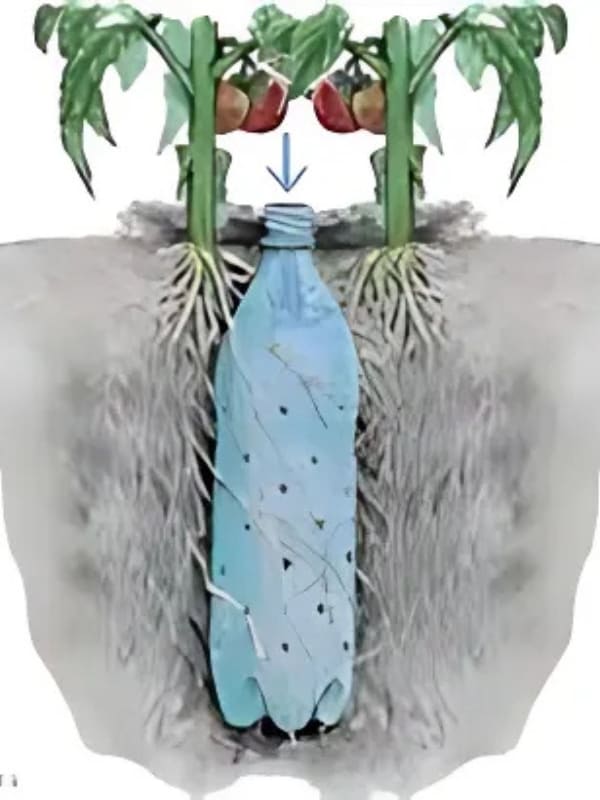
2. Wicking Systems with Fabric or String
Wicking systems are a simple yet innovative solution for indoor plants or small outdoor pots. They provide plants with consistent moisture over time.
How It Works:
This method involves threading a cotton string or fabric through the cap of a water-filled bottle. The string extends into the soil, acting as a wick that absorbs and transports water from the bottle to the roots.
By placing the bottle cap side down in the soil, the system maintains steady hydration for your plants.
Benefits:
Wicking systems are incredibly low maintenance and effective. They ensure plants receive just the right amount of water, reducing the risk of overwatering.
This approach is especially valuable for houseplants, as it prevents dry spells when you’re away or too busy to water regularly.
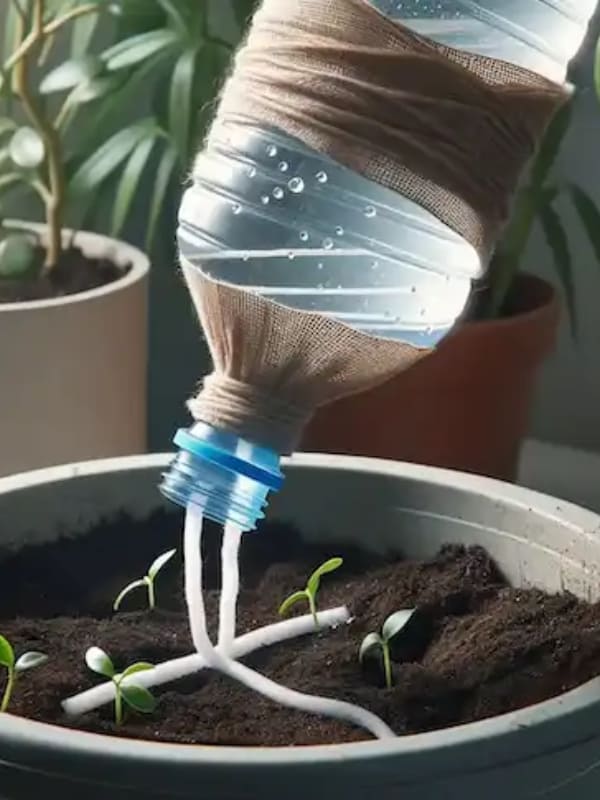
3. Clay Pot Olla Irrigation
This ancient watering technique uses unglazed clay pots to deliver water directly to plant roots. It’s particularly effective for larger garden areas or drought-prone regions.
How It Works:
Clay pots are buried near plants, leaving the neck exposed. When filled with water, the porous nature of the clay allows moisture to seep slowly into the surrounding soil.
The rate of release adjusts naturally based on the soil’s moisture level, ensuring plants receive the right amount of hydration.
Benefits:
Clay pot irrigation reduces evaporation and provides deep, even hydration. This method also conserves water, making it an excellent choice for gardeners looking to create climate-resilient landscapes.
Studies indicate this approach can save up to 70% of water compared to overhead irrigation methods.
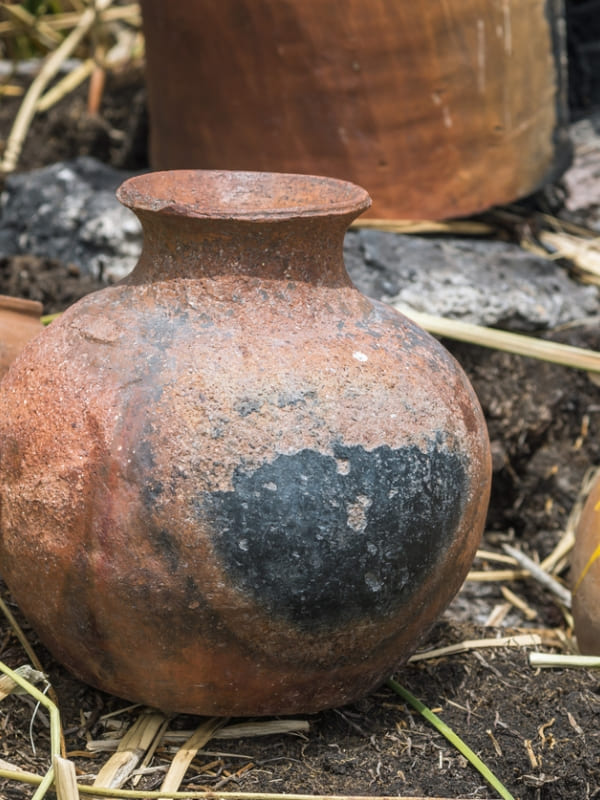
4. Mulching for Moisture Retention
Mulching is a well-known gardening practice that not only conserves water but also improves soil health.
How It Works:
A layer of organic mulch, such as straw, wood chips, or grass clippings, is spread over the soil surface around plants. This layer acts as a barrier, reducing water evaporation and regulating soil temperature.
Benefits:
Mulching keeps the soil moist for longer, reducing the need for frequent watering. Additionally, it suppresses weed growth and enriches the soil as it breaks down.
According to a study in the Journal of Soil Conservation (2021), mulch can reduce water loss from soil by up to 50%.
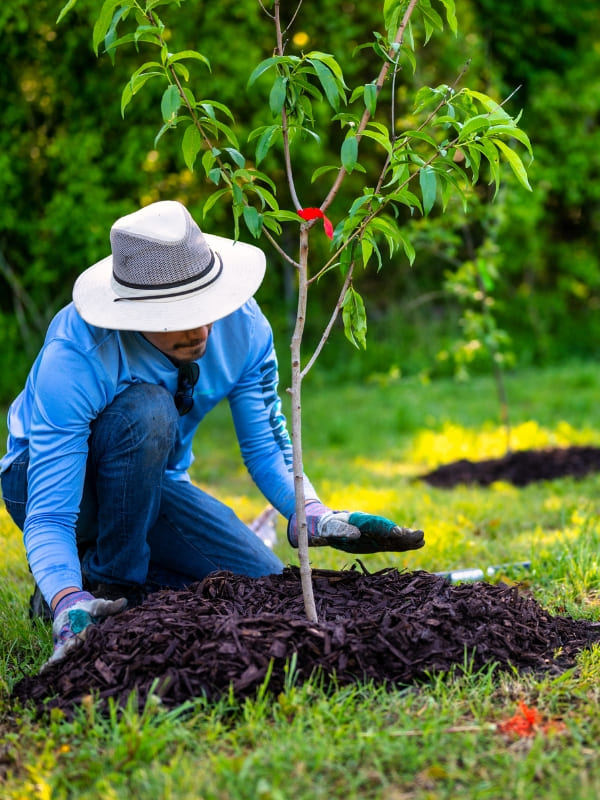
5. Drip Irrigation Systems
Drip irrigation offers a high-tech yet cost-effective way to water plants efficiently. It’s perfect for larger gardens or flowerbeds.
How It Works:
This system uses hoses or tubes with small perforations that deliver water directly to the base of each plant. By setting the system to drip slowly, water penetrates deeply into the soil without runoff.
Benefits:
Drip irrigation maximizes water efficiency and reduces waste. It ensures every plant gets the hydration it needs while keeping foliage dry, which helps prevent diseases like powdery mildew.
The precision of this method also makes it a top choice for gardeners managing water bills.
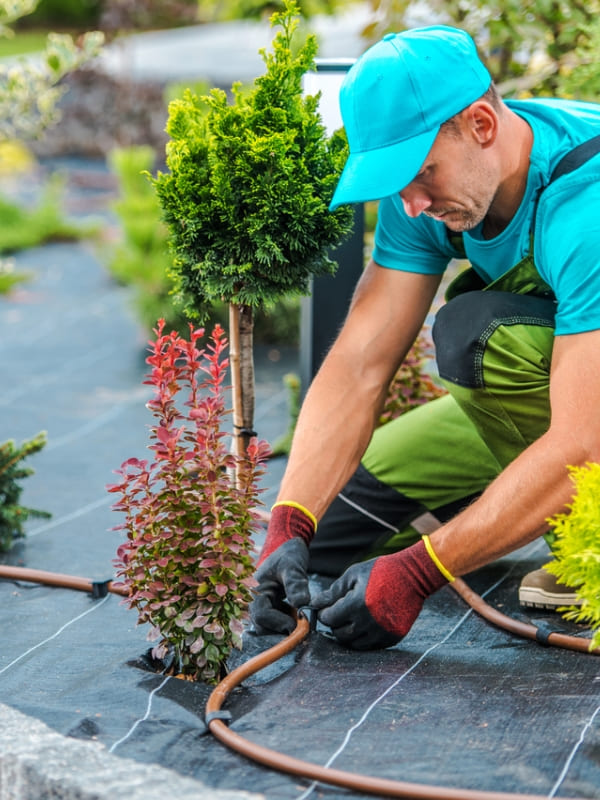
6. Rainwater Harvesting
Collecting rainwater for garden use is one of the most environmentally friendly ways to ensure plants stay hydrated.
How It Works:
Rainwater is collected using barrels or other containers positioned under gutters or in open areas. The stored water can then be used to irrigate plants during dry periods.
Benefits:
Rainwater harvesting is cost-free and reduces dependence on municipal water supplies. Moreover, rainwater is naturally free from chemicals like chlorine, making it healthier for plants.
Additional Tips for Efficient Watering
Water plants early in the morning or late in the evening to minimize evaporation and maximize absorption.
Rain barrels are a fantastic way to collect free water for your plants. A study published in Environmental Science (2020) noted that rainwater harvesting can reduce residential water use by 30%.
Check the soil’s moisture levels before watering. Using a moisture meter ensures you don’t overhydrate your plants.
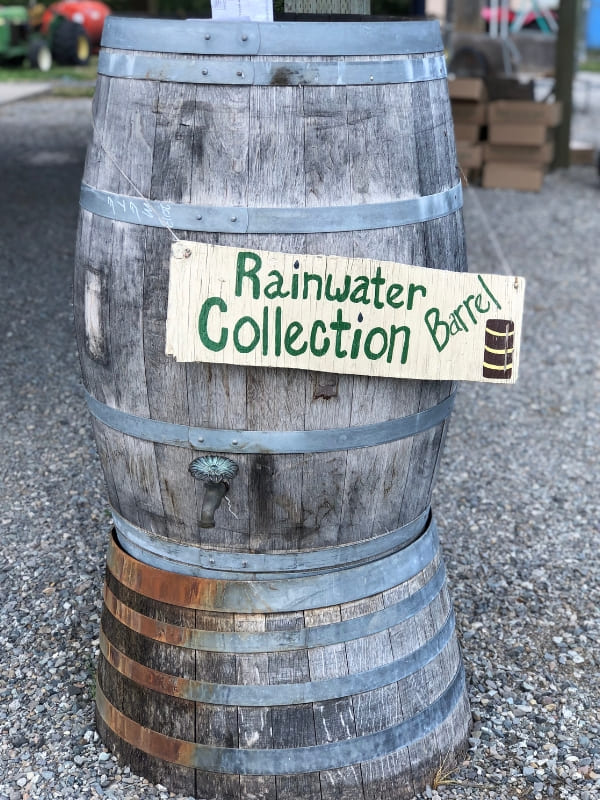
The Benefits of Sustainable Watering
Firstly, they save money by reducing water bills and eliminating the need for expensive equipment. Secondly, these methods are environmentally friendly, conserving water, reducing runoff, and supporting overall sustainability.
Moreover, sustainable watering leads to healthier plants by providing optimal hydration without drowning roots.
In fact, research from the University of California suggests that proper irrigation techniques can increase crop yields by 20% while reducing water usage by 40%.
Common Mistakes to Avoid
First, overwatering not only wastes water but also harms plants by causing root rot.
Second, improper system placement can hinder watering effectiveness; therefore, make sure irrigation systems target the root zones effectively.
Finally, neglecting soil quality can impact water retention; healthy, nutrient-rich soil retains water more effectively.
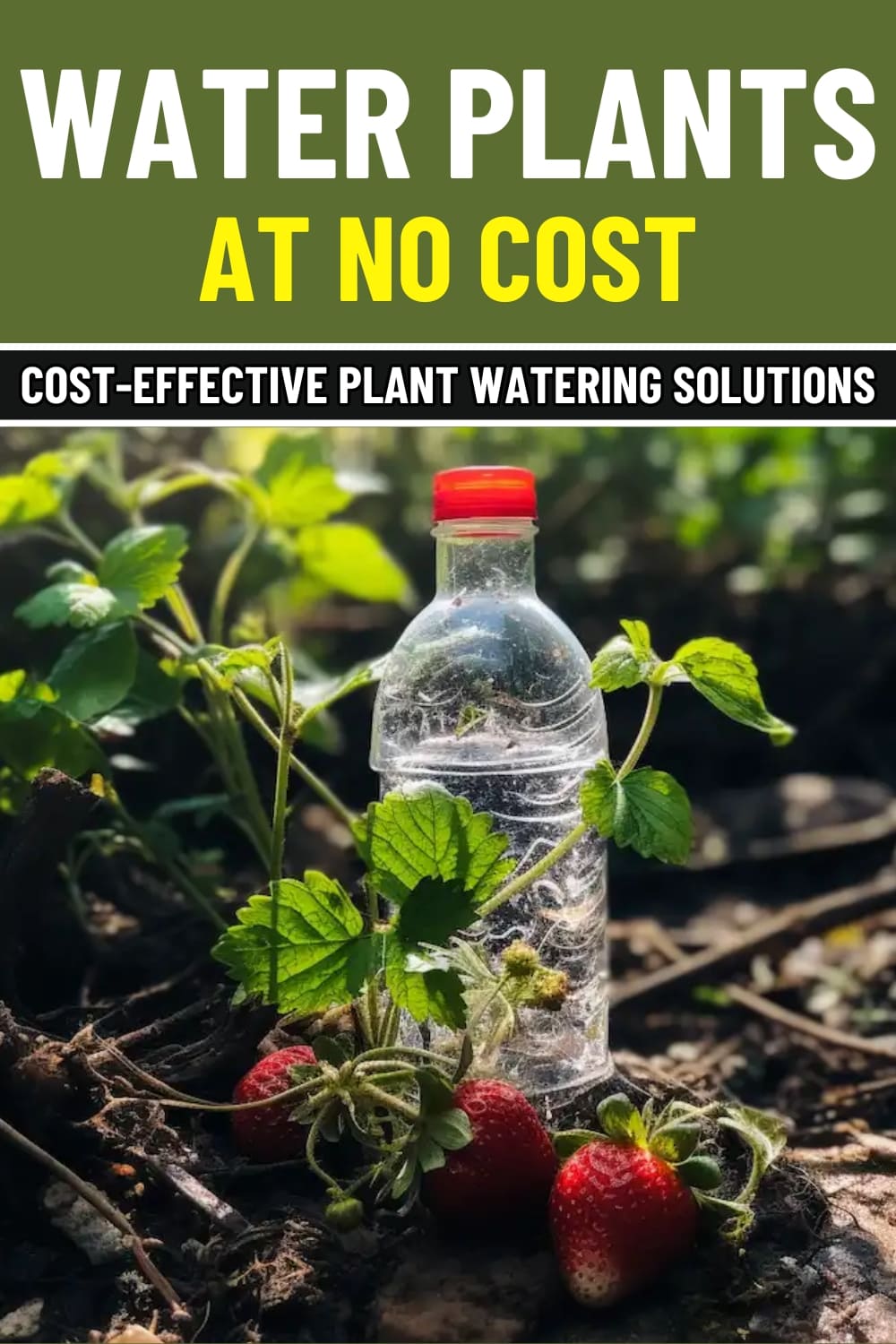
Save Water, Save Money: Top Cost-Effective Plant Watering Solutions
